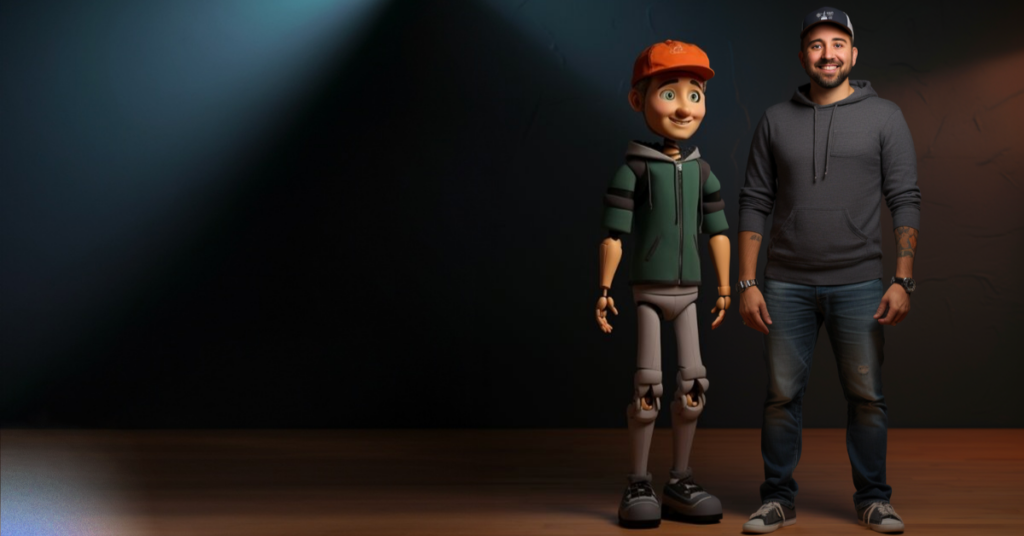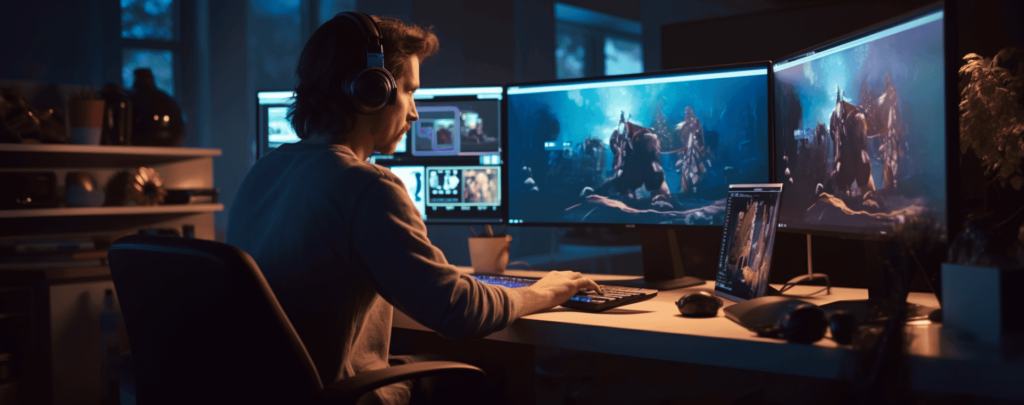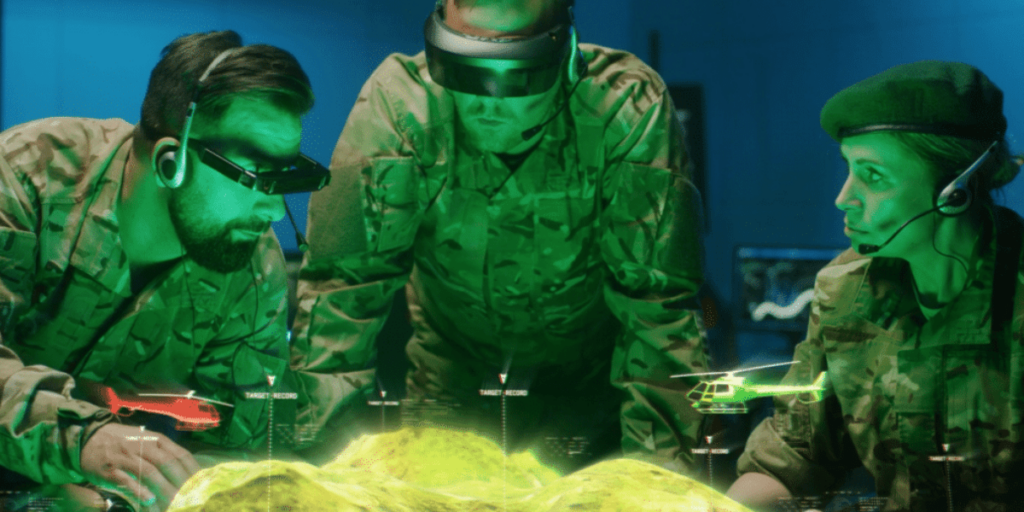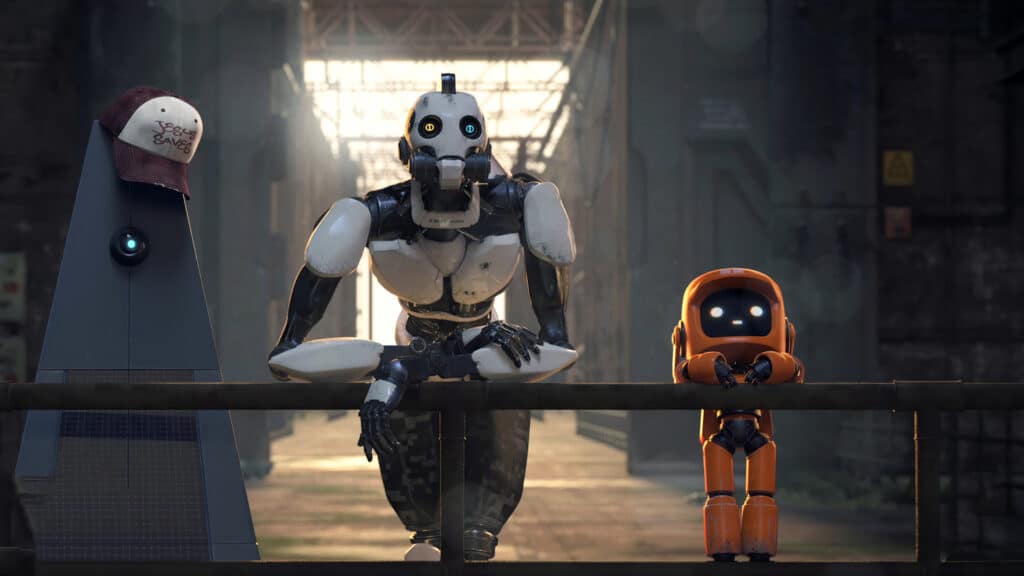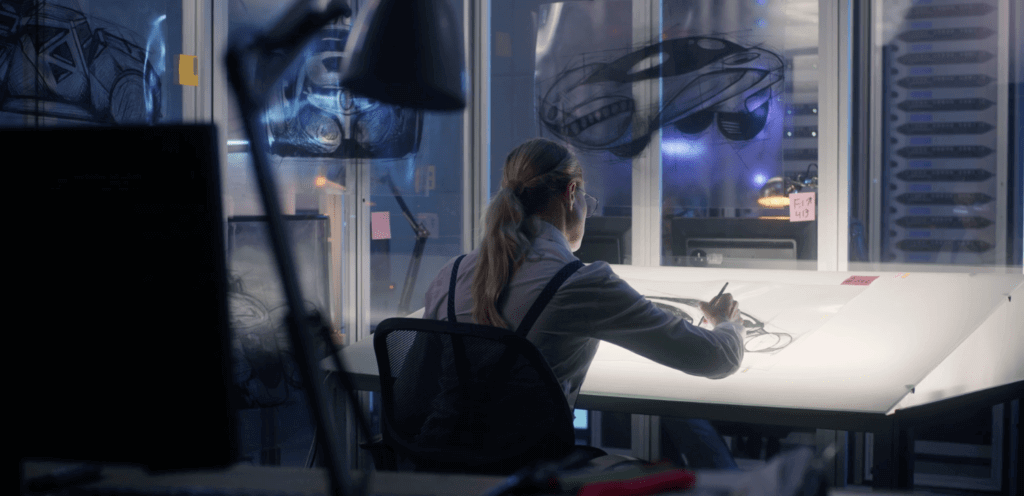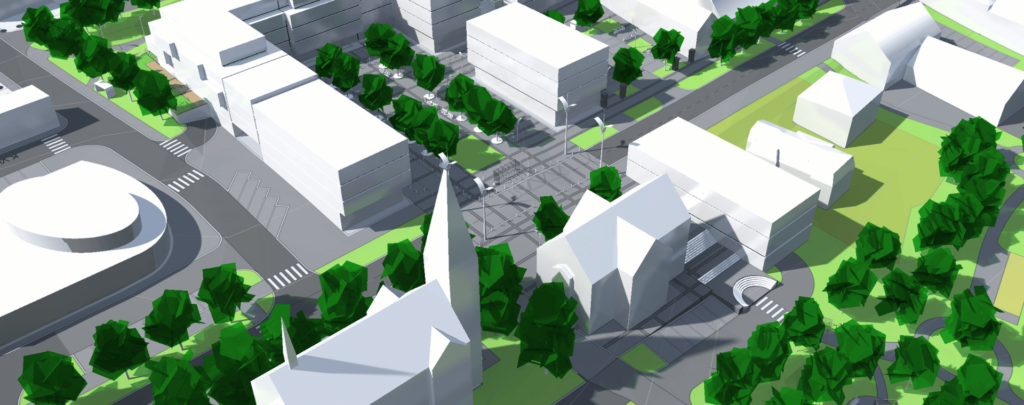
Humans Love Motion
You will never see France’s Lascaux cave paintings in-person. The thousands of yearly visitors to the site after it was discovered and opened to the public eventually led to the accumulation of fungi which damaged the historic frescos. You can, however, visit a replica cave, where among the meticulously detailed and accurate recreations of art created tens of thousands of years ago, you will find something rather strange: 8 legged mammals. From wild boar to horses and a multitude of other animals that humans of the ancient era ran from or hunted, they would draw 4 pairs of legs or sequences of animal heads: motion.
Trying to capture motion has been something that has fascinated humans probably for as long as we have existed. Even after the creation and subsequent growth of the camera as a means to capture stills and movement, the animation industry kept on growing. Today still, you will find the majority are entranced by the way artists breathe life into interesting artificial figures.
Animation allows for complete freedom over representation and gives artists a way to communicate perspectives that are impossible to capture with live-action footage. As put by the influential American animator, Emily Hawkins: “The only limitation in animation is the person doing it. Otherwise, there is no limit to what you can do. And why shouldn’t you do it?”
Wasting True Potential
Animation is a language with an infinite vocabulary, a rich medium through which to communicate anything in any number of ways. Despite this, it remains nowhere near as respected as it should be: it has only been in the last decade that we have seen more effort put towards producing animation for a more emotionally intelligent and mature audience.
When Disney’s Snow White (1937) opened the public’s eyes to animation’s potential, a broad audience had to be considered. As much as adult themes have been present across Disney’s filmography, Walt Disney himself acknowledged that films only appealing to a specific demographic were not going to be very successful. Studios needed to widen their reach.
As technology continued to develop rapidly, so did computer animation and VFX. This may have resulted in a move by mainstream audiences to want ever-more realistic-looking visuals that might have made more stylised, cartoony graphics seem less appealing to adults. A quick look at superhero franchises shows that animated movies about certain characters tend to bring in far less than their live-action counterparts at the box office.
Many people seem to value live-action above animated movies; perhaps because of beliefs surrounding what constitutes adult entertainment, or maybe because live action is more relatable and makes it easier to suspend disbelief. Though some of Disney’s productions may continue to drive (primarily younger) adult audiences to see at least one animated film a year, animation on the whole is remarkably unpopular with mature audiences.
For the last decade, this has been changing. From Netflix’s iconic Bojack Horseman to their more shocking and experimental Love, Death, and Robots; animated shows have seen a surge in popularity. The works of Miyazaki, along with many other foreign animated features and shows, continue to find growing success among international audiences. Compared to live-action, VFX-heavy blockbusters, the figures are pitifully small. But, the demand for more mature themes and more adult-oriented content is growing.
Here To Stay
Animation is a medium that is practically unlimited in scope as a means to express ideas. That is perhaps why it has become increasingly present in media – ranging from commercials to documentaries. It’s not going away and as society becomes more receptive to animation as a means to engage with fictional and factual content, the demand for it – and creativity within the industry – will likely flourish. Animated explainer videos are a great example of how companies are beginning to understand the power of animation. If you want to learn more about this rise of this format, and how to stand out in this extremely popular field, read our post on animated explainer videos.
We understand the power of animated videos, and we love to make them. For us, animation’s potential is enormous and we want to provide our clients with as many options as possible (check out the range of styles we offer). We work with a wide variety of animators who specialise in everything from 2D cell animation to photorealistic 3D. If you are interested to see how animated content will elevate your brand, contact us today.
If you are an animator and are looking for work, we’d love to hear from you. You can apply to our talent network to be a part of the many exciting projects we are always working on.



